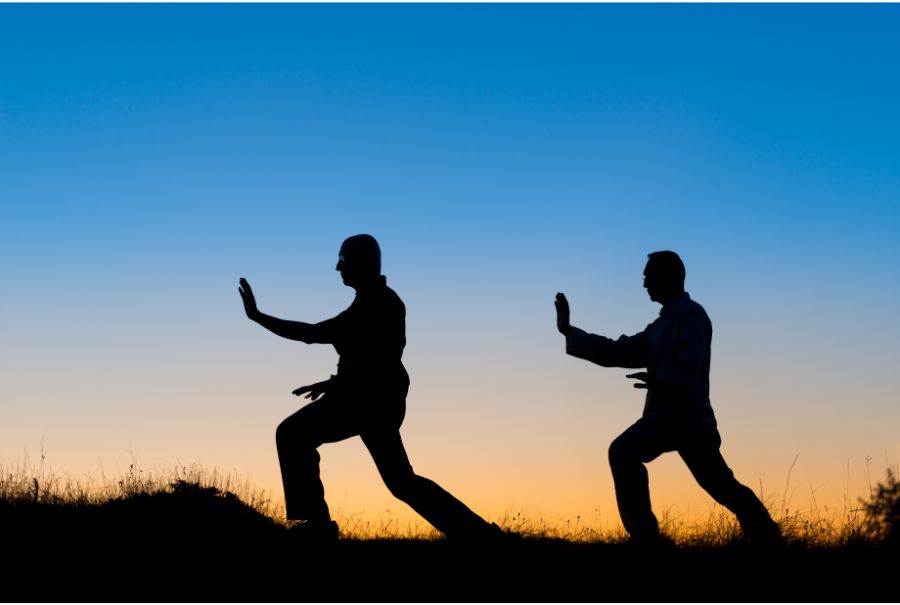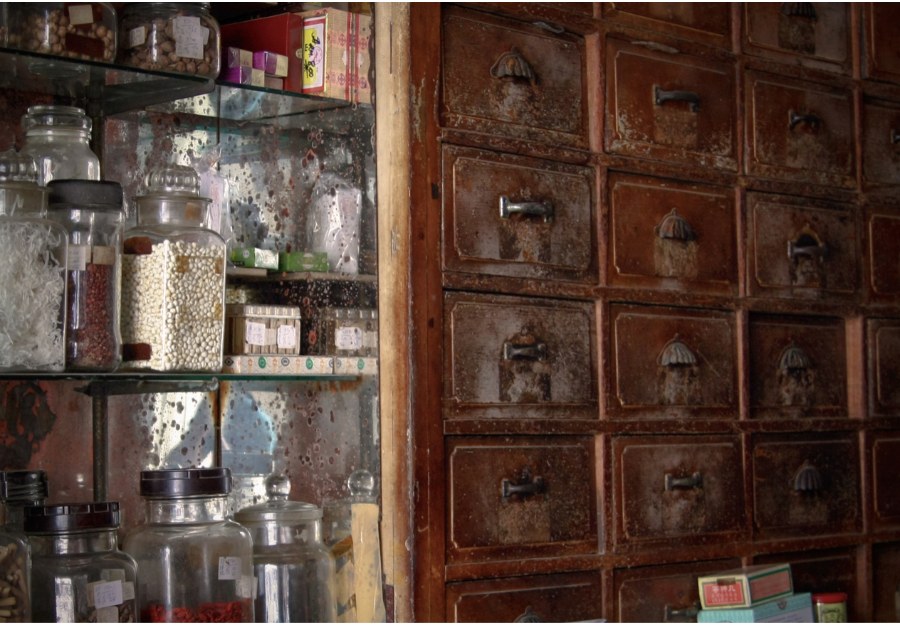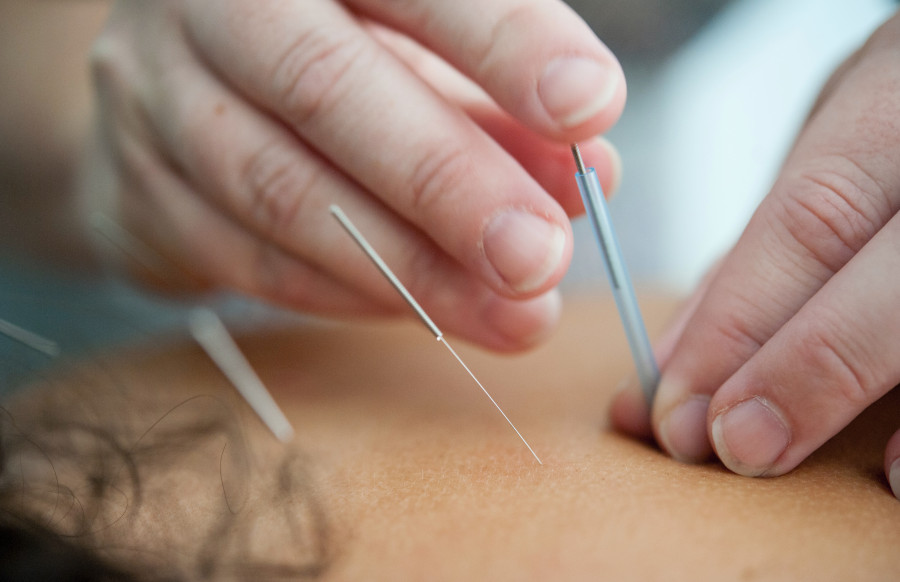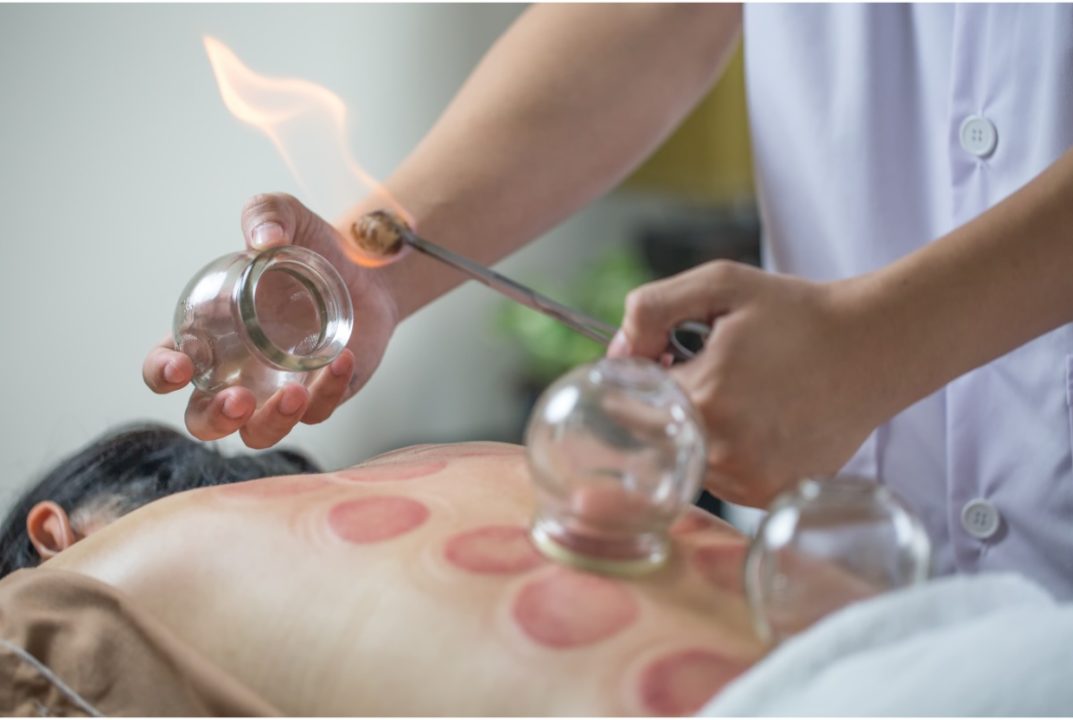In a world where medicine is progressive and advanced, sometimes the right remedy falls back to ancient times. This is where traditional Chinese medicine (TCM) comes into play. TCM involves Eastern medicine practices encompassing not only medicine but also acupuncture, physical therapy, and exercise. To understand more about this ancient health practice, let’s go back to the roots.
What is TCM?

Traditional Chinese medicine, a.k.a. TCM, goes back centuries and has widely amassed recognition as more people in the western world seek alternative approaches to health. It uses holistic and often non-invasive approaches to treat chronic conditions that affect psychological and physical health. The centuries-old Chinese medicine system draws from Taoist ideologies that emphasize the importance of finding harmony through the laws of nature, balancing the mind, body, and spirit. Traditional Chinese medicine has gained traction throughout the Western world in recent decades, guasha, acupuncture, and tai chi in particular.
Qi is an essential concept in TCM. It’s a type of energy that flows through our body and helps with metabolic processes, so to have a balanced qi is to have a healthy body. The five-element theory (fire, earth, metal, water, and wood) is another important concept as it weaves in how our body functions in correlation to nature. Rather than seeing organs function individually, TCM treatment draws from the five elements that all organs are connected.
How did traditional Chinese medicine begin?
Dating back 2,500 to 5,000 years, TCM roots can be traced back to the Neolithic period in China when villagers would use herbs and other natural remedies to treat pain and sickness. The earliest forms of TCM were based on observing the natural world and the human body to understand health and disease. Written records of TCM date back to the Han Dynasty when “The Yellow Emperor’s Classic of Internal Medicine” laid the foundation of TCM medicine, highlighting the basic principles of acupuncture, diet, and qi.

Over the centuries, Eastern medicine has evolved and been influenced by various philosophical, cultural, and religious traditions, like Taoism. It has gained recognition and is widely practiced by TCM doctors in the Western world today. TCM is still evolving and incorporates not just physical and herbal treatments, but also spiritual and cultural elements.
What are the different elements of TCM?
TCM practitioners often use a mix of the following treatment elements:
Chinese herbs
Derived from plants, minerals, and animals, TCM herbs are usually seen as safer and are generally considered to be less likely to cause adverse side effects compared to Western medicine. They treat the body holistically, supporting overall wellness, and are believed to have immune-boosting properties that strengthen the body’s natural defences against disease. Chinese herbs can also be used to restore the body in the event of such things as women preparing to carry a baby.
Acupuncture
Acupuncture involves inserting fine, sterile needles into specific points on the body. The practice is based on the belief that there are pathways of energy, known as meridians, that run throughout the body and regulate the flow of qi. Health problems arise when this flow is disrupted or blocked, so inserting needles at points along the meridian can stimulate the flow of qi and promote healing and balance in the body. It’s noted that people experience improved mental health, sleep quality, and boosted immunity after acupuncture.

Exercise
Physical movement is important to improve bodily function and health, and tai chi is one form of exercise proven vital in TCM. Tai chi is a gentle, yet effective form of exercise and Chinese martial art that promotes physical, mental and emotional well-being. Benefits include improved balance and coordination, stress and anxiety reduction, boosted immune system, pain relief, improved cardiovascular health, enhanced mental clarity, and better sleep.
Manual therapy
Part of TCM involves manual therapy, like cupping, guasha, and massage. Cupping uses heated glass cups to create suction to relieve pain and restore qi; guasha is a tool used against the skin to improve blood circulation, relieve muscle tension, and promote lymphatic drainage; massage uses push-and-grasp techniques along the meridian points. It’s believed that these forms of manual therapy reduce tension in the body, promote circulation, and improve nerve function to ultimately relax the body.
FAQ about traditional Chinese medicine
What can TCM help with?
TCM is a holistic form of medicine that can improve the body’s flow of qi and balance, ultimately relieving any pain and chronic conditions that affect psychological and physical health.
How do TCM practitioners diagnose illness?
In the traditional Chinese medicine system, diagnosing illness is done via holistic means that consider the whole person rather than just their symptoms alone. This includes checking the person’s pulse, tongue, skin complexion, eyes, and breathing.
What is the philosophy behind TCM?
Traditional Chinese medicine draws on Taoist philosophies that health and wellness are the results of having a balanced qi, or good energy flow throughout the body. TCM sees the body and mind woven together and places importance on yin and yang energies.
Header image credits: Manusapon Kasosod via Canva




